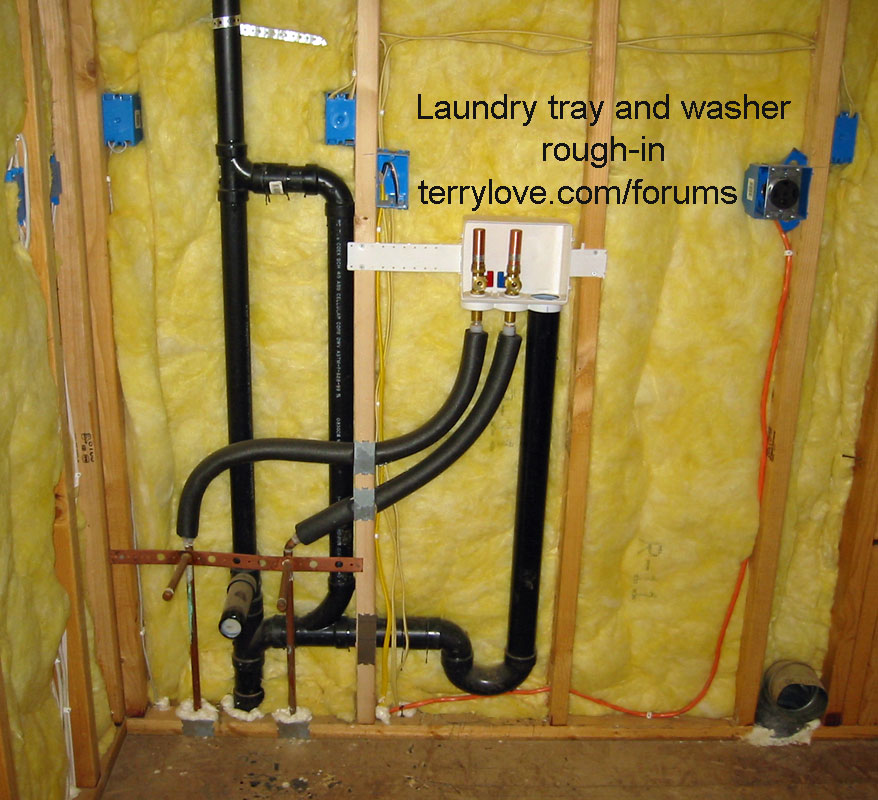It's not required anyway. It would only be required if the wm trap were out of distance from the existing stack vent, which it is not.
It depends on jurisdiction.
In Washington State where the UPC code is used, they don't allow a laundry tray to wet vent over the washer with a 2" pipe.
They used to, but not now.
Does it work without the "extra" vent?
Yes.
Does it meet code that way everywhere?
No.
The extra pipe and fittings cost maybe $5 and and will pass any inspector.
I could show a plumbing picture that doesn't pass everywhere, and let homeowners in different states find out the hard way, but to me, it makes more sense to show plumbing that will pass with any inspection.
Of course on big jobs, plumbers will meet with inspectors and find out their individual quirks before the plumbing starts.
When I was plumbing in refrigerated cases and meat markets for a grocery chain, the plan was the same, but I plumbed it eight different ways.
Some of the arguments were pretty heated down in Tacoma. They didn't like plumbers from King county taking away their work.


